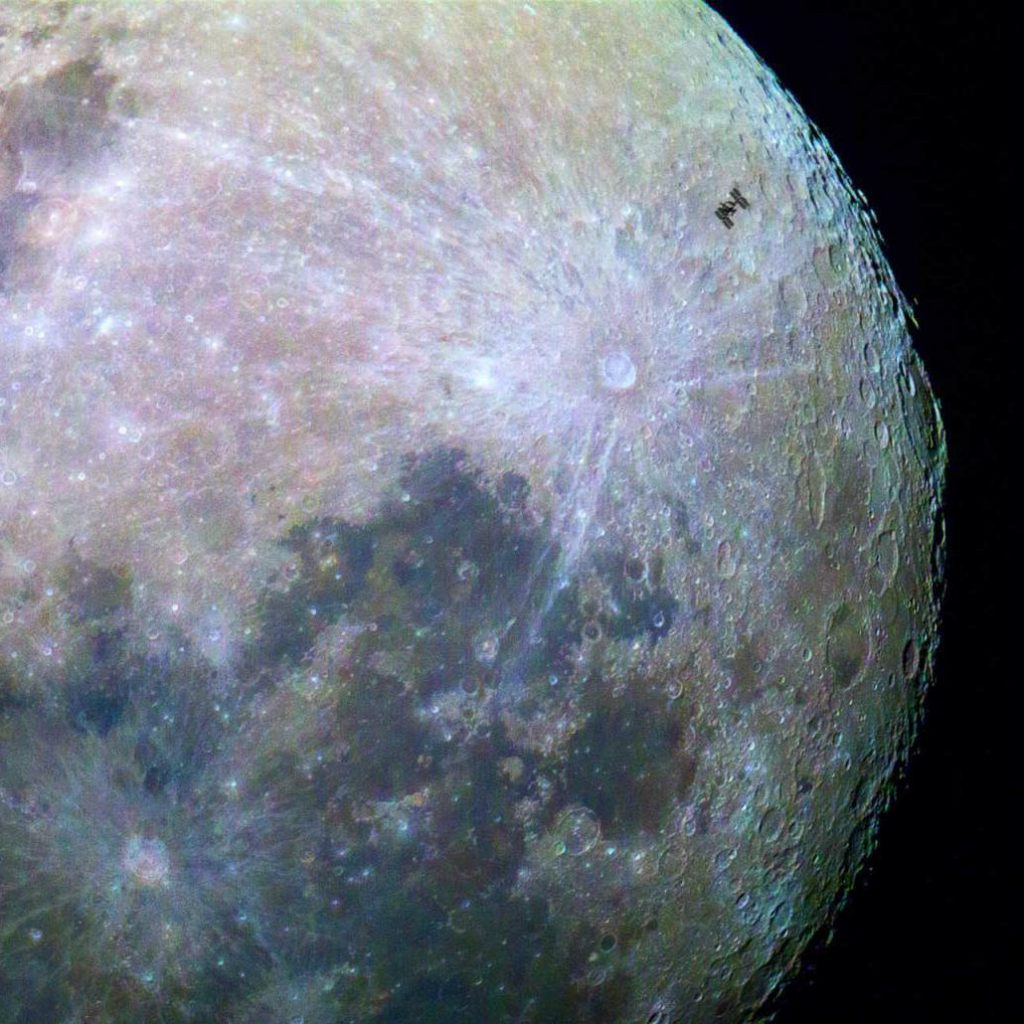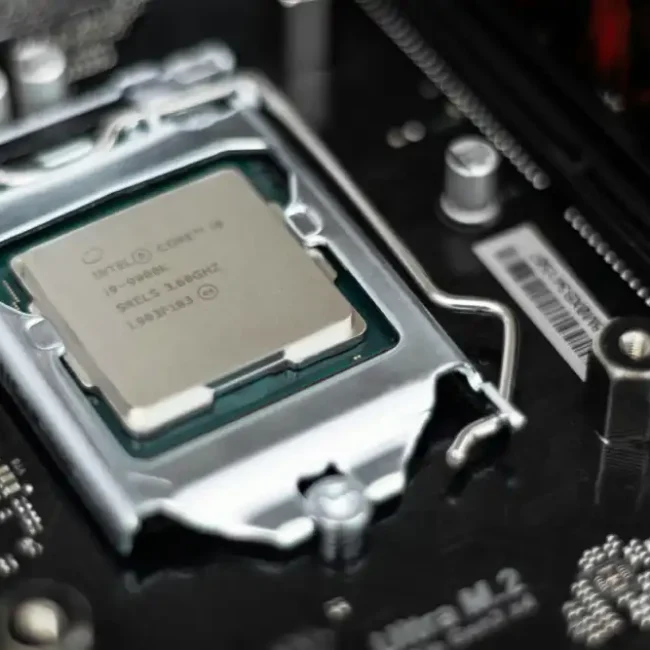NASA astronaut Don Pettit has innovatively tackled the challenges of long-exposure photography aboard the International Space Station (ISS). By creating a homemade star tracker, Pettit has been able to capture breathtaking images of stars in motion without the blur typically caused by the station’s orbital speed.
The Challenge of Photography in Space
Photographing the night sky from Earth involves compensating for the planet’s rotation. Traditional star trackers automatically adjust the orientation of the camera to keep stars sharp during long exposures. However, aboard the ISS, the challenge is compounded by the station’s rapid orbital motion—traveling at 28,000 kilometers per hour (17,500 mph)around Earth. This high-speed movement can cause significant motion blur in photographs, especially for exposures longer than a few seconds.
Pettit’s Homemade Star Tracker
To solve this issue, Pettit built a custom star tracker specifically tailored to match the ISS’s orbital trajectory. Here’s how it works:
- Compensating for Motion:
The ISS completes an orbit of Earth every 90 minutes, which means the station is constantly pitching (changing its orientation). Pettit’s star tracker rotates the camera at the same rate as the ISS’s orbital pitch, effectively canceling out motion blur. - Exposures Up to 30 Seconds:
With the homemade tracker, Pettit can now achieve exposures of up to 30 seconds, a major improvement compared to standard stationary cameras aboard the ISS, which are limited by the station’s velocity. - Aligning the Tracker:
Pettit notes that aligning the tracker is a painstaking process. The ISS’s orbital motion requires precise adjustments, and the thick, multi-layered glass windows of the ISS add optical distortions that he must also account for.
The Results: Stunning Visuals of Stars in Motion
Pettit’s innovative photography showcases space in ways rarely seen. The long-exposure photos highlight:
- Star Trails: The stars appear as delicate, glowing streaks across the blackness of space, resembling intricate brushstrokes of light.
- Earth’s Glow: The curvature of Earth is often visible in the background, illuminated by city lights, moonlight, or the thin blue glow of the atmosphere.
- Movement of Light: The unique images emphasize the speed and dynamism of the ISS as it orbits the planet.
Why This Matters
Pettit’s work goes beyond art—his ability to capture these long-exposure images from space represents an impressive marriage of scientific ingenuity and creative photography. It demonstrates how astronauts on the ISS continuously push technological and scientific boundaries, even in their personal projects.
- Inspiration for Future Innovations: Pettit’s methods could inform future technologies for imaging and observation systems in space.
- Art Meets Science: His photos inspire greater interest in astronomy, space exploration, and photography, blending creativity with technical challenges.
Sharing the Beauty of Space
Pettit regularly shares his photos on platforms like Reddit, X (formerly Twitter), and Instagram, where they have been met with widespread admiration. The images provide an awe-inspiring perspective of space that’s not easily accessible to most people.
Conclusion
Don Pettit’s homemade star tracker is a testament to human ingenuity and resourcefulness. By overcoming the challenges of photographing stars at orbital speeds, Pettit has captured the beauty of space in extraordinary ways, showcasing both the science and art of space exploration. His work highlights the capabilities of astronauts to innovate and share perspectives that inspire us all back on Earth.





